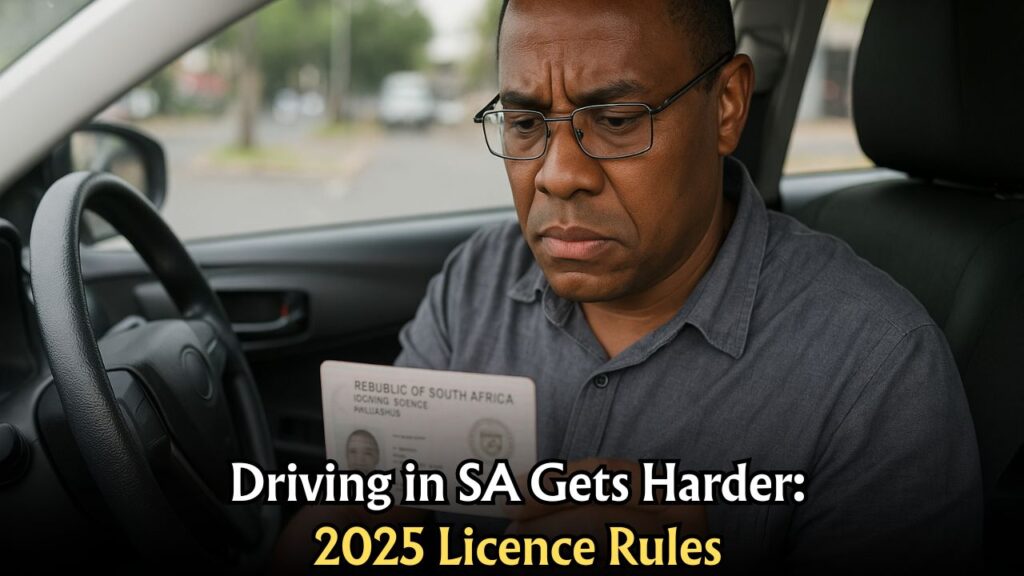Essential 2025 Driving Licence Law Changes in South Africa: As we approach 2025, significant changes to South Africa’s driving licence laws loom on the horizon, poised to impact every driver on the road. These adjustments aim to enhance road safety, streamline licensing processes, and align South African regulations with international standards. Whether you’re a seasoned driver or a new licensee, understanding these upcoming changes is crucial to ensure compliance and avoid potential penalties. With the government focusing on reducing road accidents and fatalities, these reforms are a step towards creating safer roads for all.

Upcoming Amendments to the South African Driving Licence System
In 2025, South Africa is set to implement several amendments to its driving licence system, designed to address current challenges and improve overall efficiency. One of the most notable changes involves the digitization of driving licences. The government plans to introduce a digital licence platform, allowing drivers to access and manage their licences via a mobile app. This initiative aims to reduce the reliance on physical cards, streamline renewals, and minimize fraudulent activities. Additionally, there will be stricter criteria for obtaining a learner’s licence, including mandatory defensive driving courses for first-time applicants. This move is intended to equip new drivers with essential skills to navigate the roads safely. Furthermore, the validity period of driving licences will be extended from five to ten years, reducing the administrative burden on both drivers and the licensing department.
Impact of 2025 Driving Licence Reforms on South African Drivers
The 2025 driving licence reforms are expected to have a significant impact on South African drivers. For starters, the shift towards digital licences promises greater convenience and accessibility. Drivers can expect a more seamless experience when renewing their licences or updating personal information. Moreover, the introduction of mandatory defensive driving courses aims to reduce the number of road accidents by cultivating a generation of better-trained drivers. These courses will focus on hazard awareness, safe driving practices, and emergency response techniques. Additionally, extending the validity period of driving licences is likely to be welcomed by many, as it reduces the frequency of renewals. However, it’s important to note that these changes may come with initial challenges, such as adapting to new technologies and processes.
Preparing for the 2025 Driving Licence Changes in South Africa
Preparation is key to navigating the upcoming changes to South Africa’s driving licence laws. Drivers should familiarize themselves with the digital licence platform and understand how to access and use it effectively. It’s advisable to stay informed about the rollout timeline and any specific requirements for transitioning to a digital licence. For new drivers, enrolling in a defensive driving course early on can provide a head start in meeting the new licensing criteria. Additionally, existing drivers should ensure their current licence details are up-to-date to facilitate a smooth transition to the extended validity period. Staying proactive and informed will help drivers adapt to these changes with minimal disruption.
Why the 2025 Driving Licence Changes Matter for Road Safety
The 2025 driving licence changes are not just administrative updates; they are a critical component of South Africa’s broader strategy to enhance road safety. By introducing mandatory defensive driving courses, the government aims to equip drivers with the skills necessary to handle various road conditions and emergencies. This could lead to a reduction in road accidents and fatalities, a pressing concern given South Africa’s current road safety statistics. The extension of licence validity and the shift to digital platforms also emphasize the importance of maintaining updated and accessible driver information, which can aid in efficient law enforcement and accident investigations. Ultimately, these changes reflect a commitment to creating a safer driving environment for all, highlighting the importance of compliance and adaptation by every driver.




